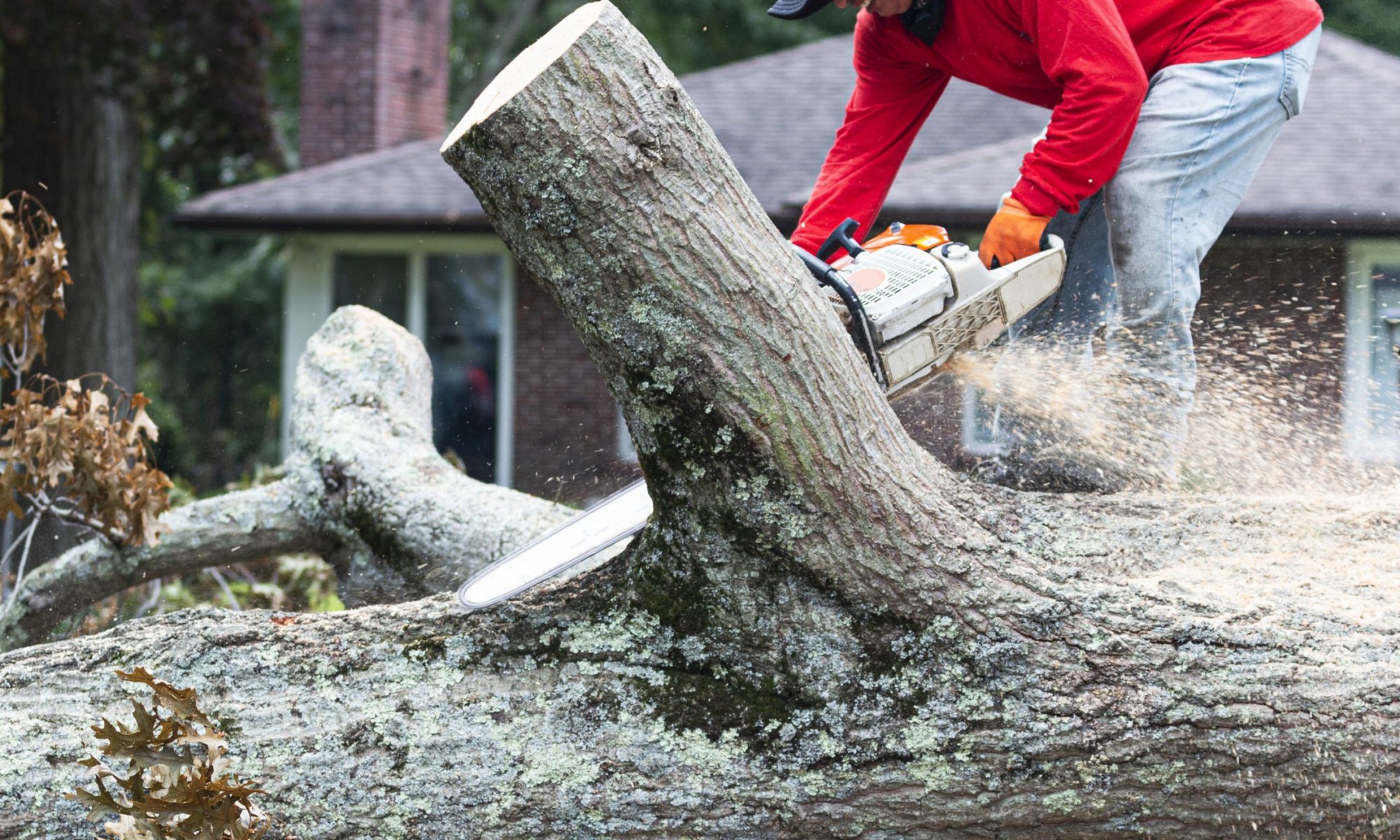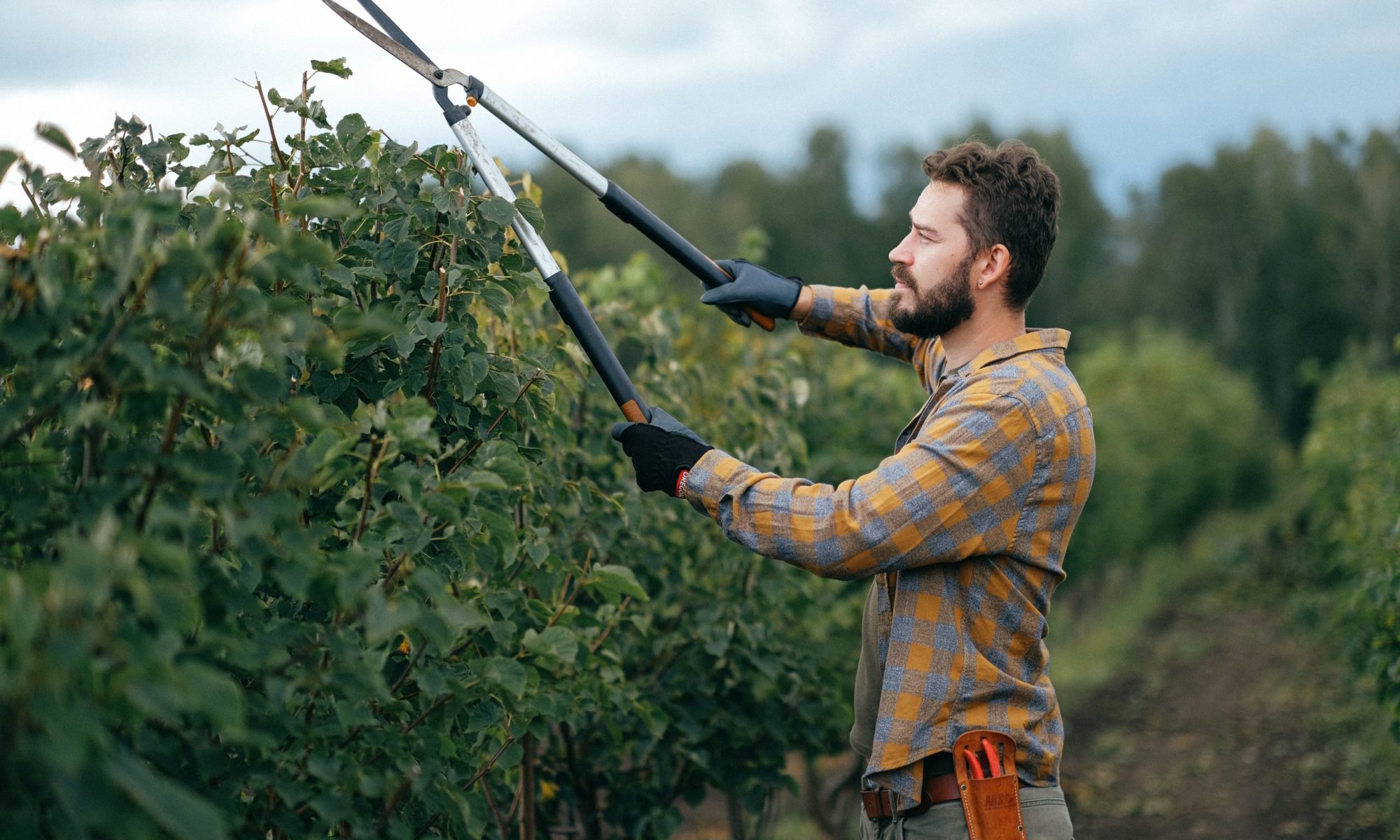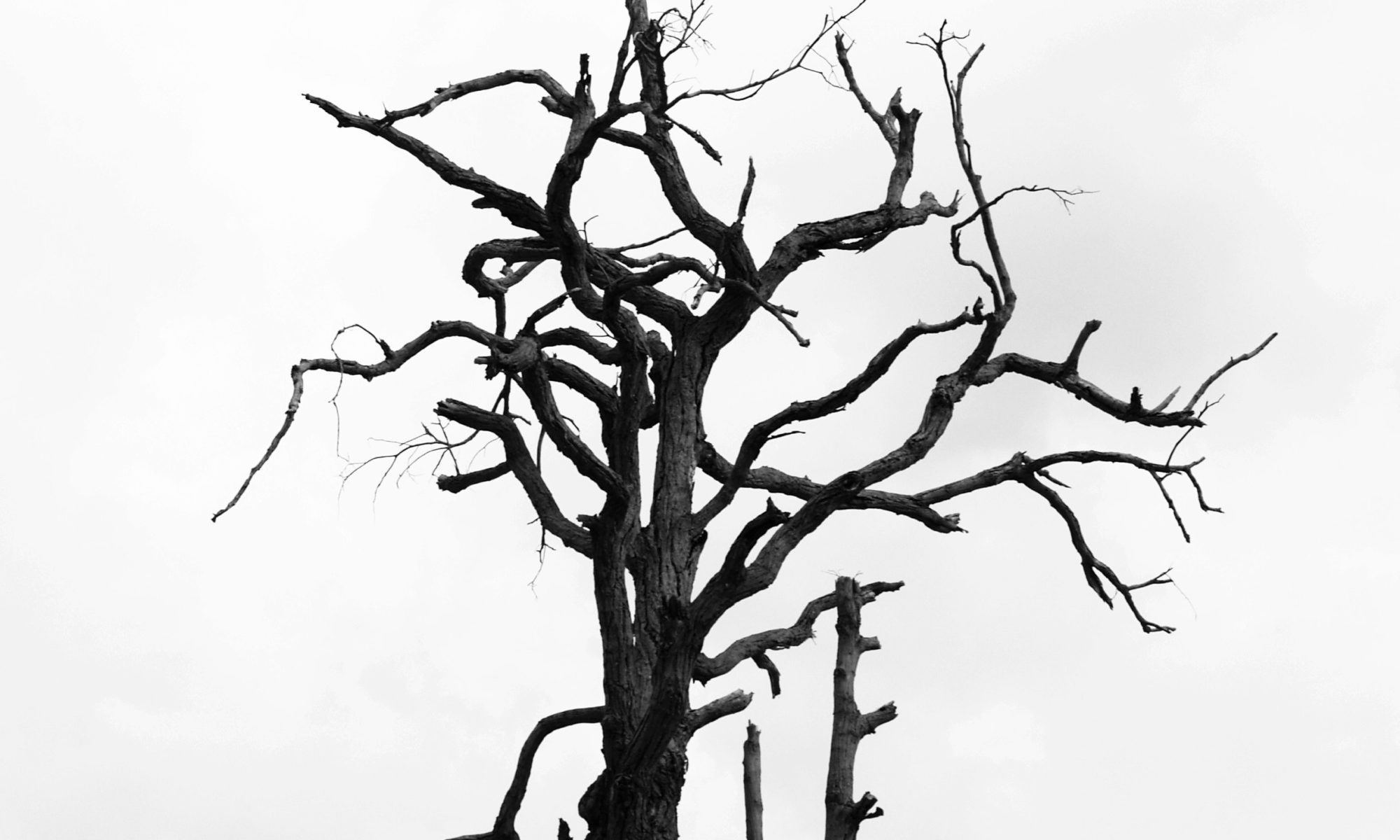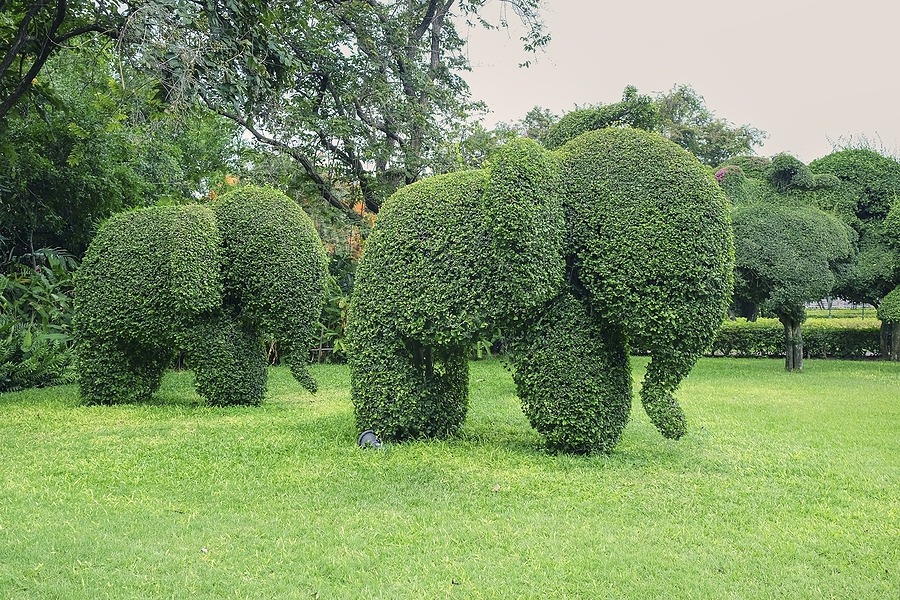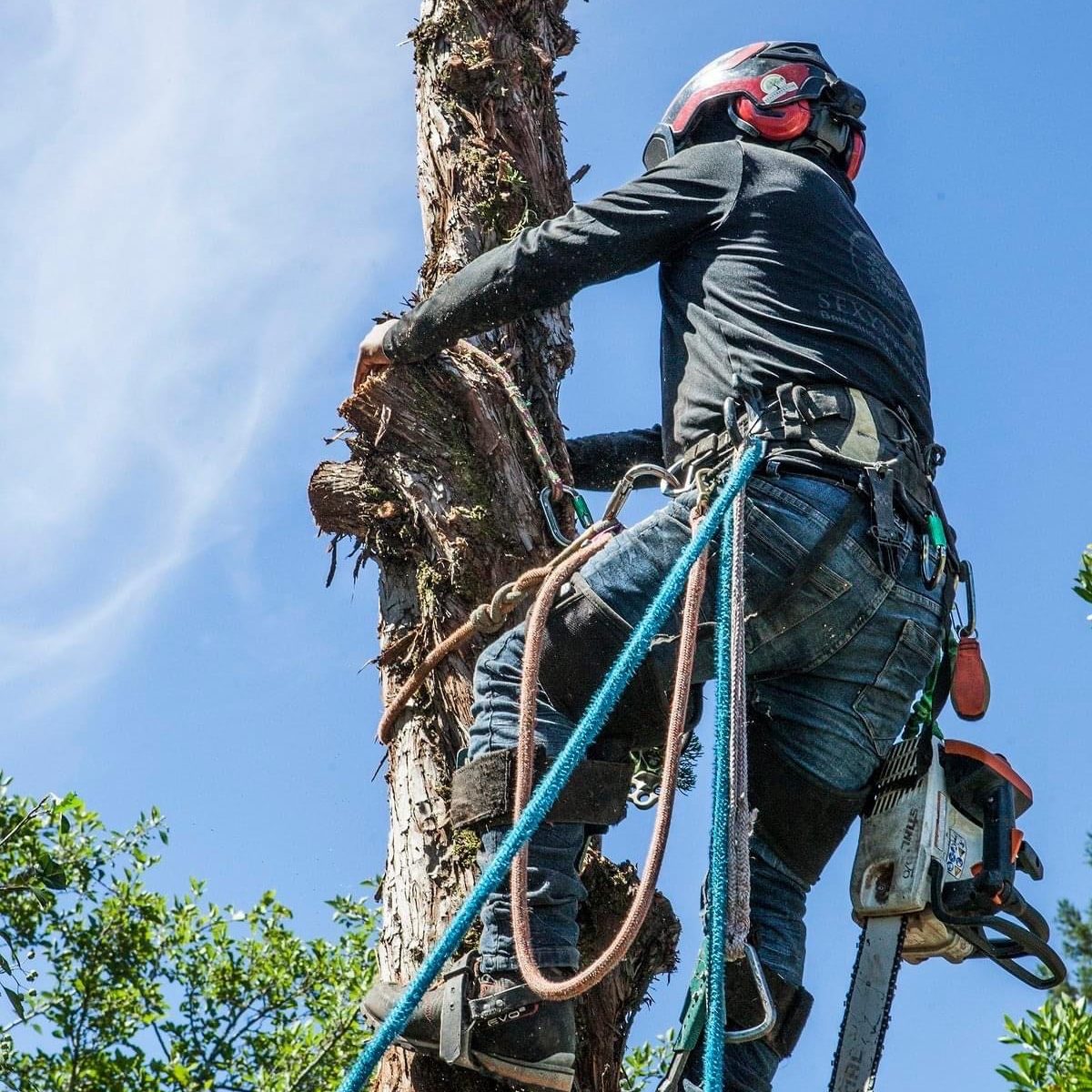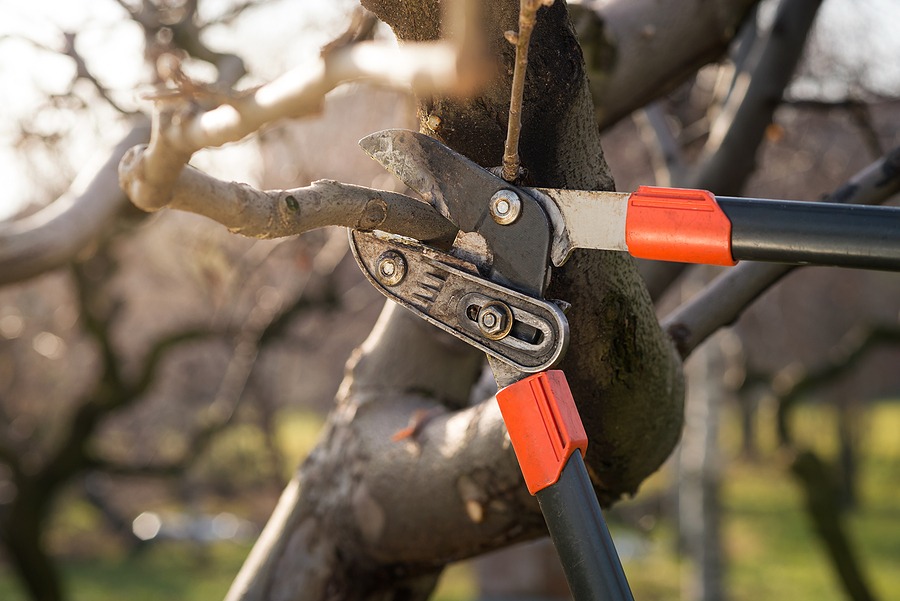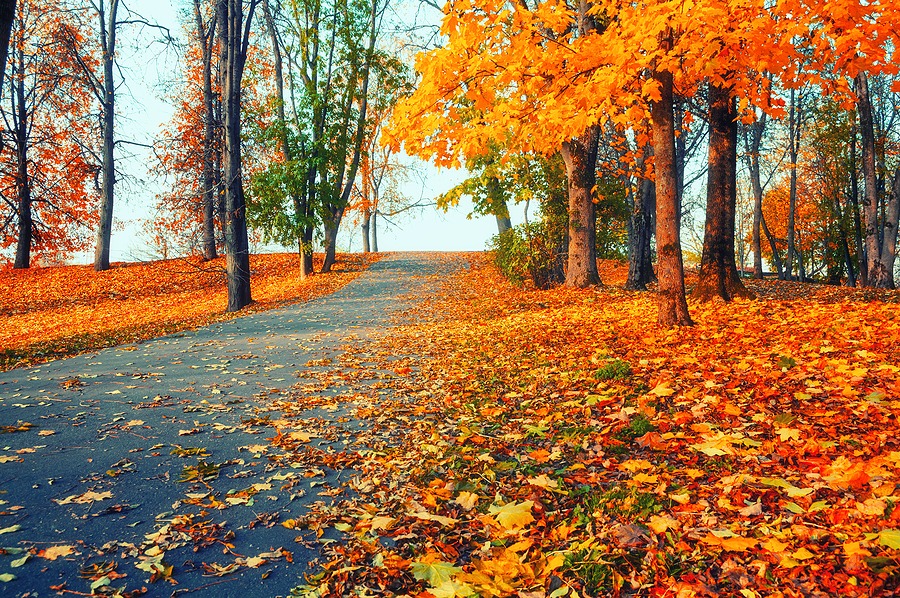Trees are such a prominent and long-lasting part of any landscape, so much so that they can start to feel like family. Sadly, there may come a time when you must say goodbye to a tree – for good – due to fallen branches or an unstable structure that makes the tree unsafe – and the cost of tree removal can be high. When you remove a tree from your landscape, here’s what to expect:
The Cost of Tree Removal Generally Varies By Region
Depending on where you live in the country, you should expect differing costs for tree removal. In the Bay Area, the price of tree removal could range from $400 to over $3,000 depending on a huge variety of factors that we will lay out in this article.
Cost Varies by Situation
Fallen Trees
If the tree has already fallen, the cost will drop significantly compared to if you needed to hire a professional to cut down a standing tree because it requires less effort and equipment. In the past few years, fallen tree service has been booming due to severe weather events that have left thousands of people with fallen trees after a storm or natural disaster struck.
Although fallen trees may be easier and cheaper to remove, you should still expect the price from a fallen tree removal service to start at about $100 for small trees.
Trees Close to Property
For instance, if your average-sized pine tree is located near an outdoor patio or other expensive fixtures that need protection from fallen limbs, you can expect costs to rise because of additional labor needed to protect property/assets. If it’s a close call – whether the tree poses a direct threat to buildings or any power lines/piping in the area – then professional companies just might charge you extra for their time spent assessing the situation.
The Cost Depends On How Large The Tree Is And What Type It Is
Trees vary widely when it comes to size, weight, and general health. The cost of cutting and removing a fallen tree can vary depending on several factors. A fallen tree with a trunk diameter of more than 40 inches will usually cost more than $200. Larger, healthier trees are also likely to be more expensive because they require additional labor and equipment.
Type and Age of the Fallen Tree
If you have an old redwood or sequoia that has fallen, then it’s obviously going to be more expensive than fallen pine limbs, since there might be actual wood value in the fallen giant after all its years above ground! According to one price list we saw while researching this estimate, some services charge up to $1,000 for fallen trees over 100 years old. This price is often negotiable.
Contact a Professional Fallen Tree Removal Service Near Me
If you are looking for the Bay Area’s favorite tree cutting service, look no further. At Sexy Trees, our wide range of services and care will keep your trees healthy and beautiful for decades to come. We believe in supporting our communities of trees through evidence-based techniques that you can depend on.
Give us a call at 925-233-6877 for an estimate, or email us at [email protected] anytime with questions!
 Bringing Sexy Back Into Your Yards
Bringing Sexy Back Into Your Yards 
